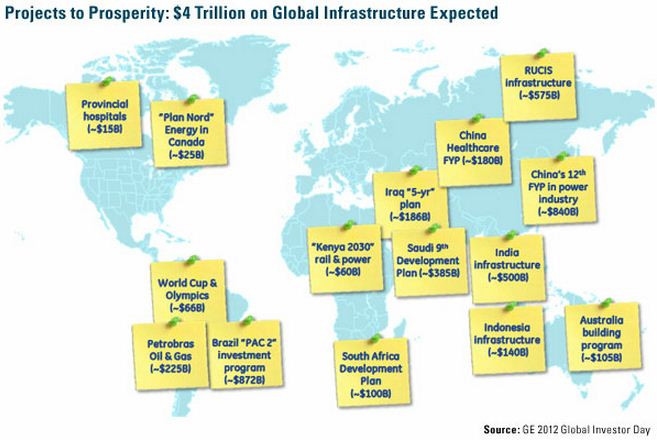A few months ago, we created two visuals we felt captured the emotions of how people respond to gasoline prices around the U.S.
With an increased dependency on our cars these days to get to work, school and grocery stores, the price of gas is a constant reminder of how “rich” we feel. When it seems as if filling the SUV costs an arm and a leg, we shift patterns by carpooling, forgoing the trip to the beach or decreasing spending elsewhere. On the other hand, falling gas prices act like a stimulus—according to the Wall Street Journal, “a 10-cent drop in prices can add about 0.1 percent to disposable household income.”
The second visual shows the price of gas on a global scale. Using data from mytravelcost.com, the infographic illustrates two concepts. The dollar figure represents the cost of a gallon of gas in several countries. Whereas the price of a gallon of gas in the U.S. seems high at $3.75, in every other country shown, except Russia, it’s much higher. In China, it is $4.88, in Colombia, drivers pay $6.17 and in Hong Kong, a gallon of gas costs $8.36!
The gas can shows how much gasoline you’d get for $3.75 across several countries. Whereas you’d fill the gas can in the U.S., in Hong Kong, you get less than half of a can.
This translates to considerably higher fuel costs: In a mid-sized car that gets 25 miles to the gallon, using the average annual passenger car mileage of 12,500 miles, gas costs over one year would be $1,875 in the U.S. If gas were priced like it is in Hong Kong, annual costs would more than double to $4,180.
We challenge investors to view these graphics differently. For example, U.S. Global’s Director of Research John Derrick gets a daily gas price reminder from his office window as it overlooks an Exxon station. However, the station’s sign is only a minor visual cue that supports the detailed analytical research guiding our investment decisions. For example, countries such as Russia benefit when the price of gas is rising, and falling prices help countries, including Turkey, that depend on energy imports.
Here are a few other observations for global investors:
- Through incentives or taxes, government policies have significant effects on directing its countries’ traffic to foot, car, bus or train. Consider public transportation, which is considerably cheaper in other countries compared to the U.S. According to Deutsche Bank, the minimum fare cost in New York City is .50. In Hong Kong, it’ll cost a fraction of that—only __spamspan_img_placeholder__.44. In China, the minimum fare is __spamspan_img_placeholder__.30. The only countries on Deutsche Bank’s survey with more expensive public transportation than the U.S. is in Canada (Toronto’s minimum fare is .62), the U.K. (.90), and Australia, where Melbourne residents pay a whopping .63!
- Government policies also affect the use of global resources. When a country implements infrastructure plans devoted to the building of highways or high-speed rail, these projects translate to a future consumption of global resources. GE highlighted how numerous emerging markets are pulling out their checkbooks to spend trillion over the next 2 to 20 years on infrastructure projects dedicated to increasing standards of living and reducing wealth disparity.
- You can’t underestimate the pursuit of the American Dream. Compared to the U.S., in China, incomes are lower, public transportation is cheaper and gasoline is more expensive. Still, Chinese consumers consider automobiles as status symbols. We’ve seen the car culture in China grow considerably over the past decade, and ISI has projected that growth to continue.
I believe the key to investing in global resources is the ability to translate a gas station sign on a street corner to knowing where to find companies that stand to gain from rising or falling gas prices, changing government policies, and growing consumer demand.
All opinions expressed and data provided are subject to change without notice. Some of these opinions may not be appropriate to every investor. The following security mentioned was held by one or more of U.S. Global Investors Funds as of 3/31/12: Exxon Mobil.










